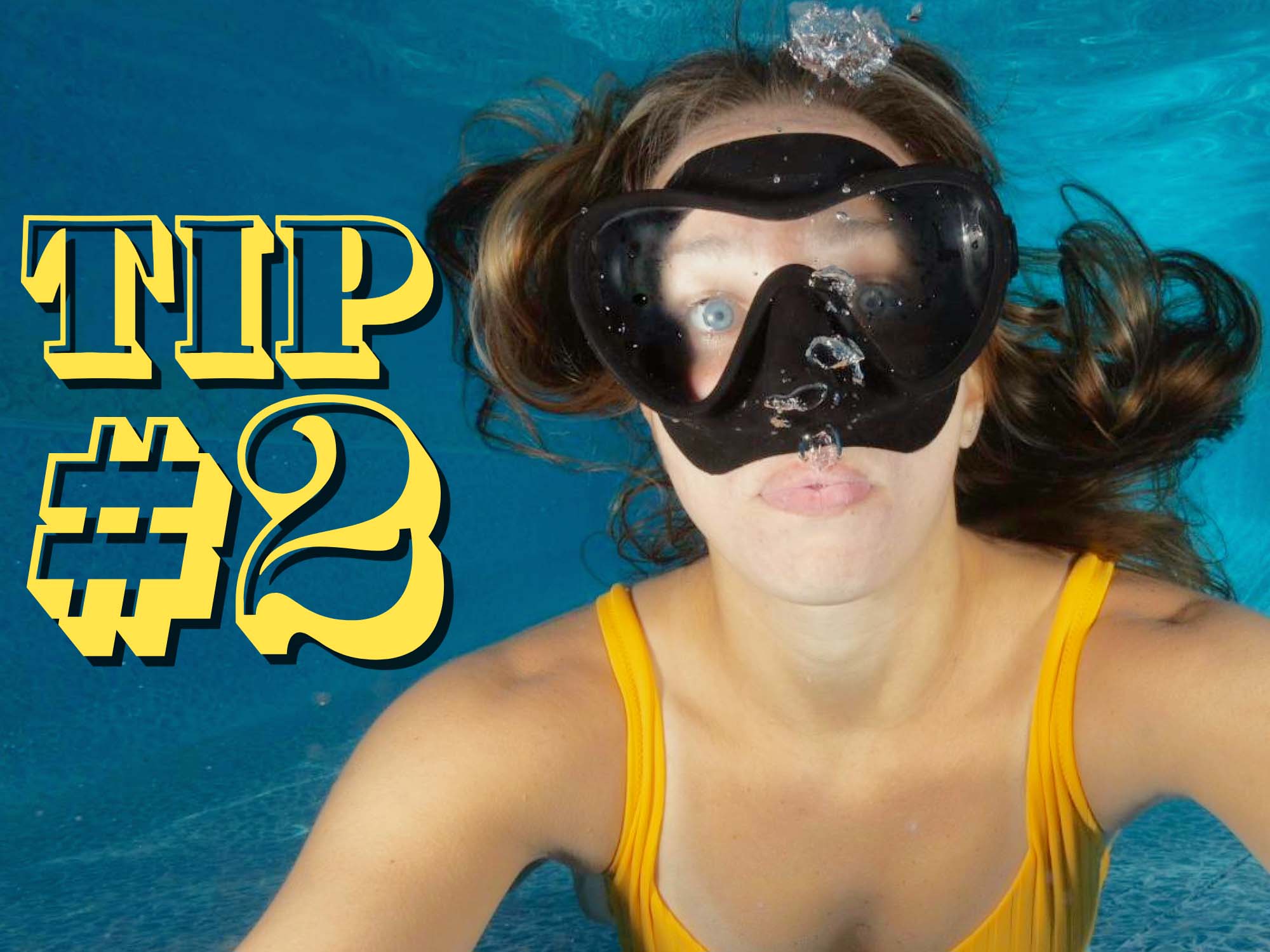Marsa Mubarak, located near Marsa Alam in Egypt, is a hidden gem for underwater photographers and marine enthusiasts. This serene bay is renowned for its crystal-clear waters and vibrant marine life, including the elusive and enchanting dugongs. Here’s a guide to help you capture these gentle giants in their natural habitat.

The Allure of Dugongs
Dugongs, often referred to as "sea cows," are marine mammals closely related to manatees. They are known for their gentle nature and slow movements, making them ideal subjects for underwater photography. Marsa Mubarak is one of the few places in the world where you can encounter these creatures regularly, thanks to the abundant seagrass beds that form their primary diet.
Best Time to Visit
The best time to photograph dugongs in Marsa Mubarak is during the early morning or late afternoon. These times offer the best lighting conditions, with the sun casting a soft, golden glow on the water. Additionally, the dugongs are more active during these periods, increasing your chances of a successful encounter.

Equipment and Techniques
To capture stunning images of dugongs, consider the following tips:
1. Camera Gear: Use a wide-angle lens. A fisheye lens can also be effective for capturing the expansive underwater scenery.
2. Lighting: Natural light is your best friend. However, an underwater strobe can help illuminate the dugong and bring out the colors of the surrounding seagrass and coral.
3. Settings: Set your camera to a high shutter speed to freeze the dugong’s movements. An aperture of f/8 or smaller will ensure a good depth of field, keeping both the dugong and the background in focus.
4. Approach: Move slowly and calmly to avoid startling the dugongs. Patience is key; let them come to you. This approach not only results in better photos but also ensures a respectful interaction with the wildlife.
Natural Lighting
Photographing with natural lighting can yield stunning results, especially in the clear waters of Marsa Mubarak. The sunlight filtering through the water creates beautiful, dappled patterns and enhances the natural colors of the dugongs and their surroundings. To make the most of natural light, try to position yourself so that the sun is behind you, illuminating the dugong from the front. This technique helps to avoid shadows and brings out the details in your subject. Additionally, shooting during the golden hours—shortly after sunrise and before sunset—provides a soft, warm light that adds a magical quality to your photos.

Day Trip Boats and Crowds
One challenge you might face while photographing dugongs in Marsa Mubarak is the influx of day trip boats. These boats often bring groups of tourists eager to catch a glimpse of the dugongs. When a dugong is spotted, it’s common for multiple boats to converge on the area quickly, leading to crowded conditions both above and below the water. This can make it difficult to get clear shots and may also stress the dugongs. To avoid the crowds, try to visit less popular times or coordinate with local guides who can help you find quieter spots. Patience and respect for the wildlife and other visitors are key to a successful and enjoyable experience.
Camera Settings
When photographing large marine animals like dugongs, using the right settings is crucial for capturing clear and vibrant images. Start with an ISO of 400 to balance sensitivity and noise levels. Set your shutter speed to 1/125s to freeze motion while allowing enough light to enter. An aperture of f/8 is ideal for maintaining a good depth of field, ensuring both the dugong and the surrounding environment are in sharp focus. These settings provide a solid foundation, but be prepared to adjust based on the specific lighting conditions and the behavior of your subject.

Ethical Considerations
While photographing dugongs, it’s crucial to follow ethical guidelines to protect these vulnerable creatures:
Maintain Distance: Keep a respectful distance to avoid disturbing the dugongs. Use a zoom lens if necessary.
No Touching: Never touch or chase the dugongs. This can cause stress and disrupt their natural behavior.
Avoid Flash: Flash photography can startle marine life. Rely on natural light or use a strobe with a diffuser to minimize impact.
Enhancing Your Experience
Consider joining a guided snorkeling or diving tour. Experienced guides can help you locate dugongs and provide valuable insights into their behavior. Plus, they ensure that all interactions are conducted responsibly, preserving the natural beauty of Marsa Mubarak for future generations.

Conclusion
Photographing dugongs in Marsa Mubarak is a magical experience that combines the thrill of underwater exploration with the joy of capturing one of nature’s most gentle giants. With the right equipment, techniques, and ethical considerations, you can create stunning images that not only showcase the beauty of these creatures but also promote their conservation.

Marcel Rudolph-Gajda is a German-based underwater photographer who began is underwater journey in 2007. While learning the ropes of scuba diving in the Red Sea, he was blown away by the beauty of this hidden world and infected with the underwater virus. He decided to capture picturesque memories of the world below the surface to share it with people who have never seen this world before or also fell in love with it. Marcel’s goal is to get the young generation on board to protect our oceans through educating them about the marine life but also human made threads. See more...
Additional Viewing
Natural Light Underwater Photography Settings and Technique
Featured Customers | Mike Hardy Underwater in Egypt [VIDEO]
Photographing Manatees Underwater in Crystal River, Florida [VIDEO]
The Hypnotic Sea | Bursting with Life in the Post-COVID Red Sea [VIDEO]


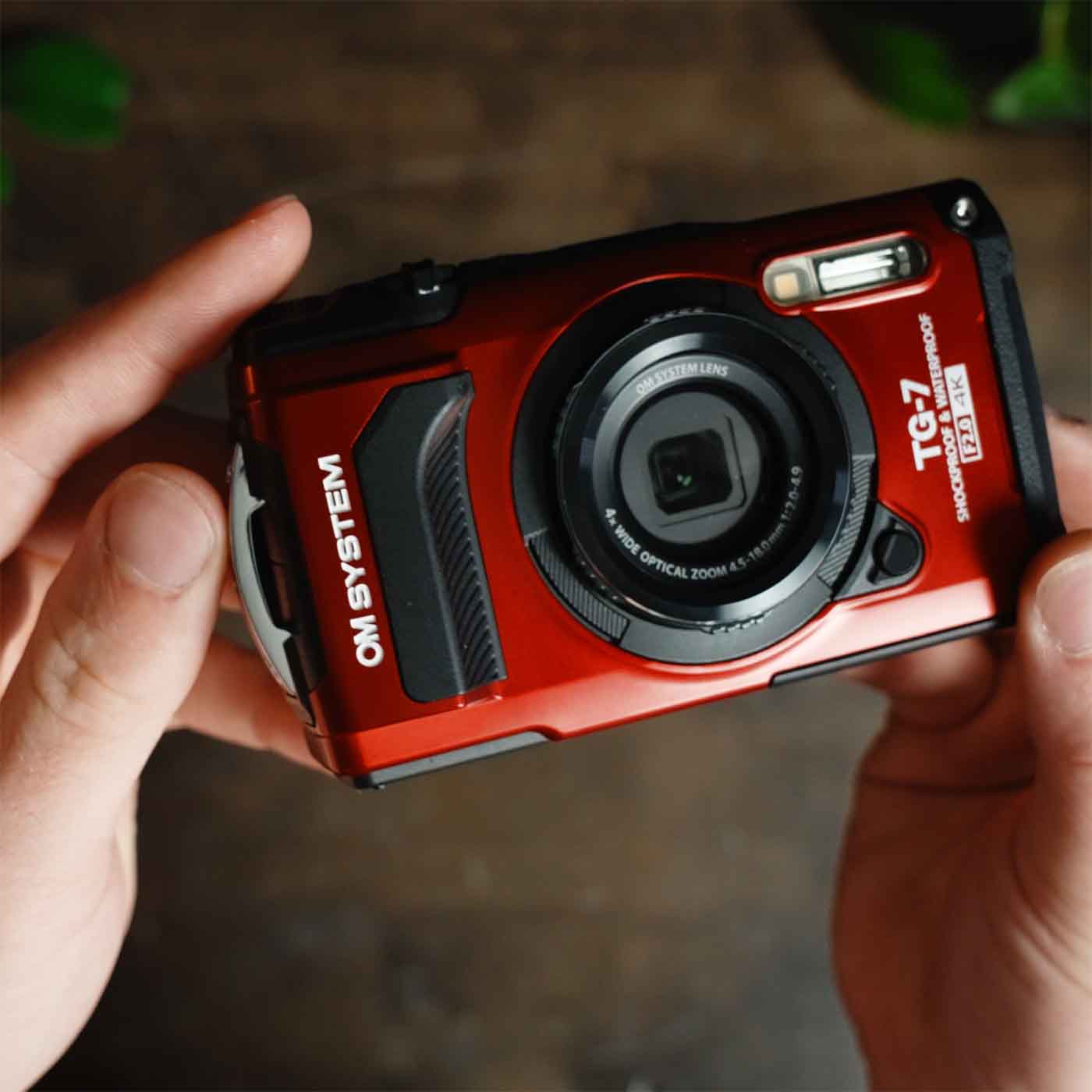
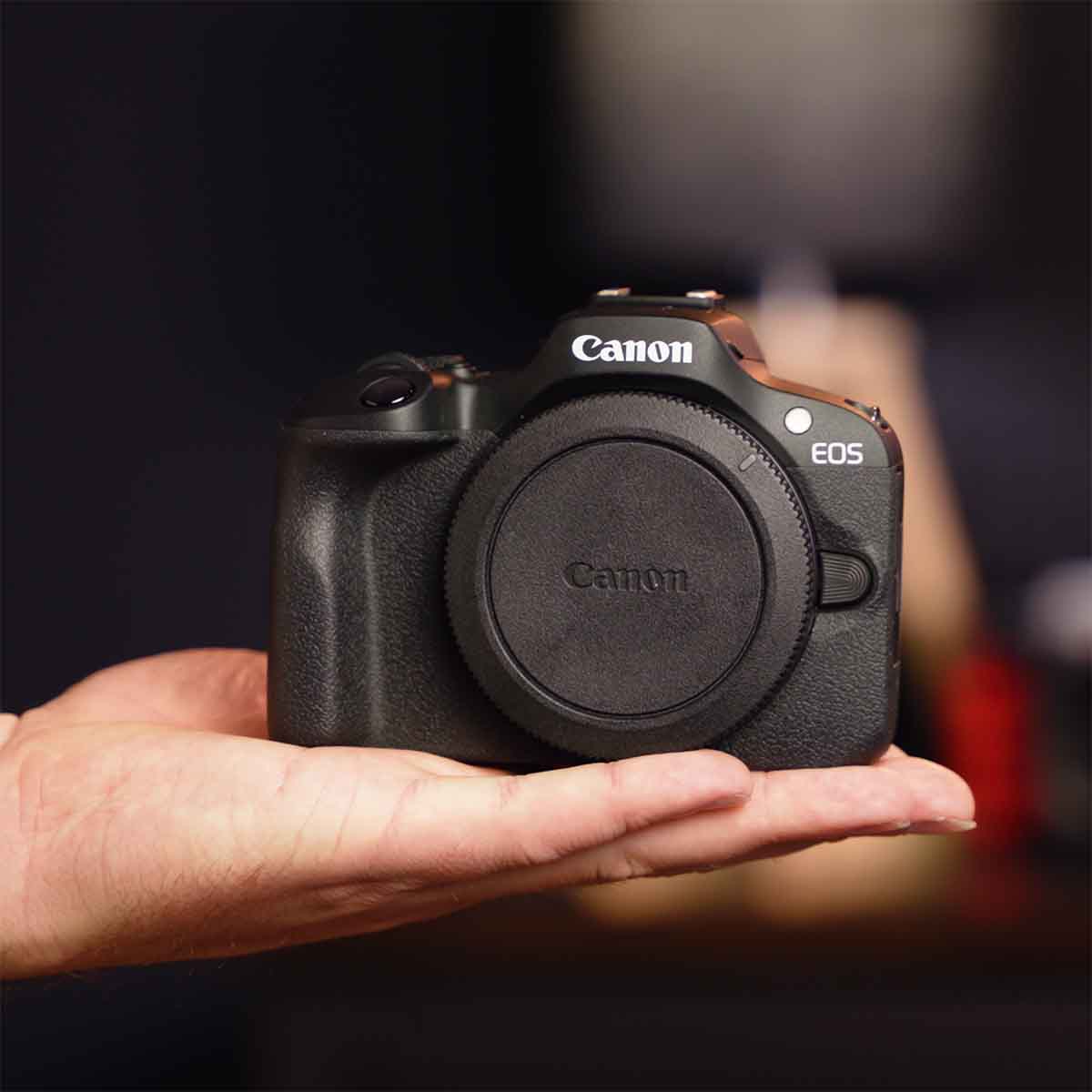
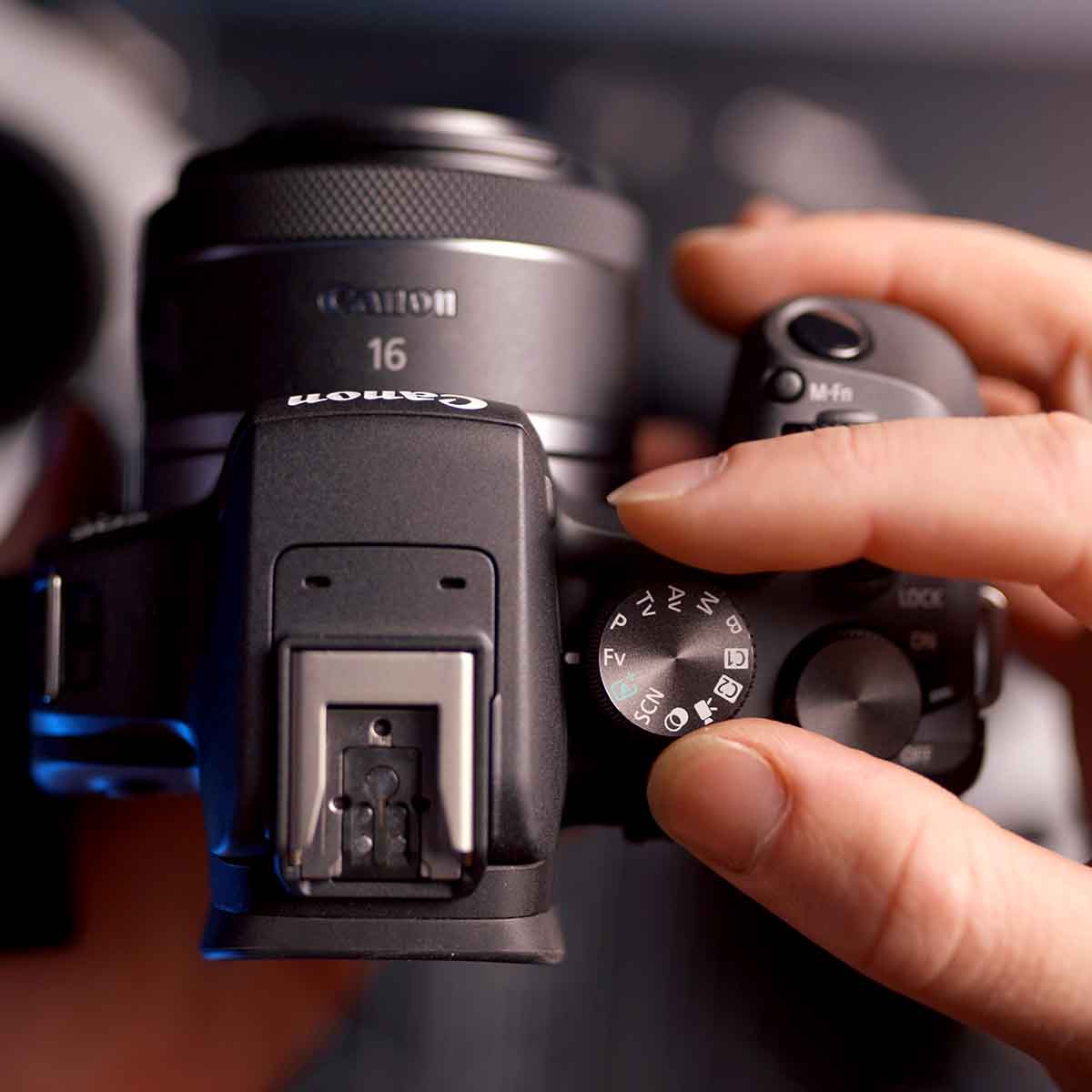
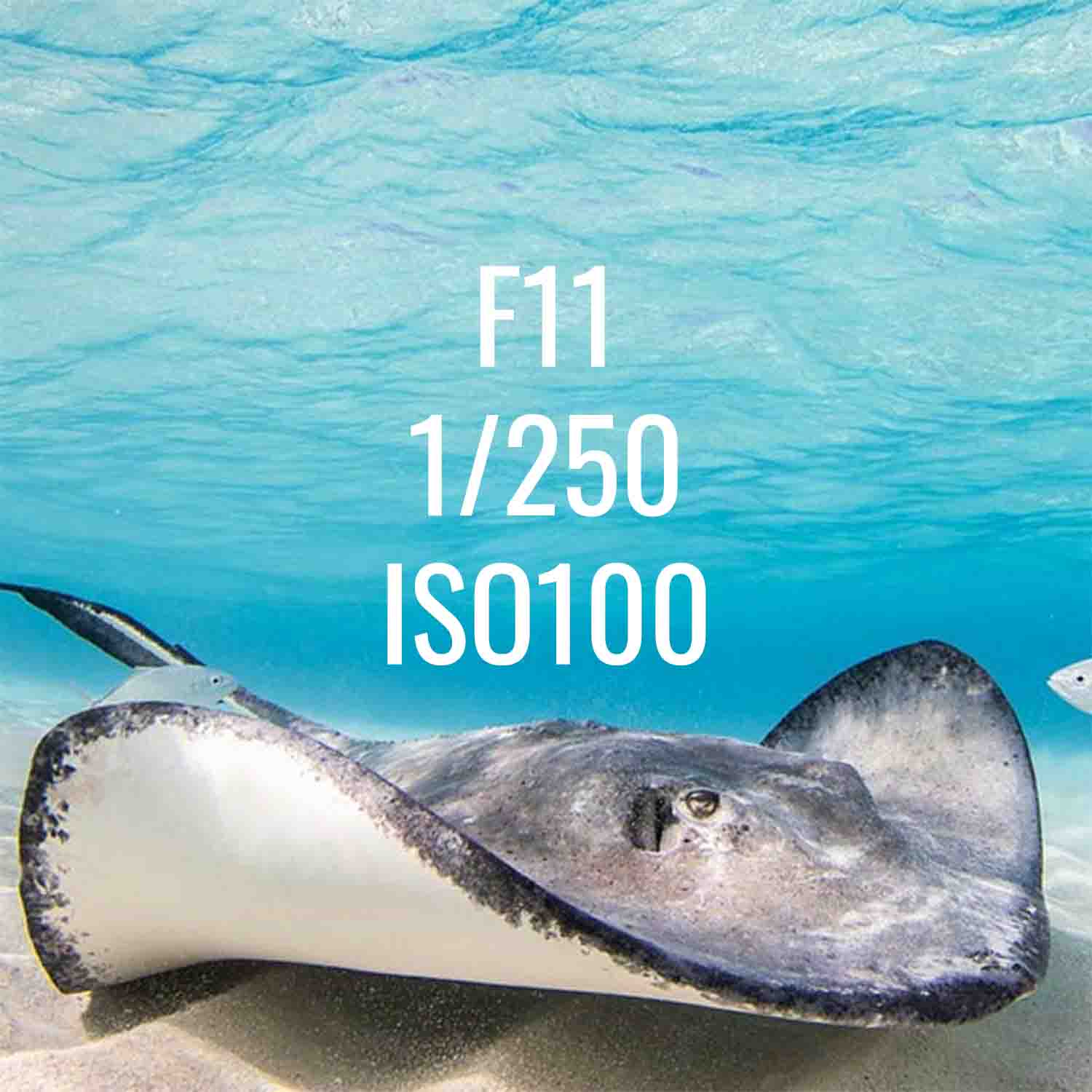


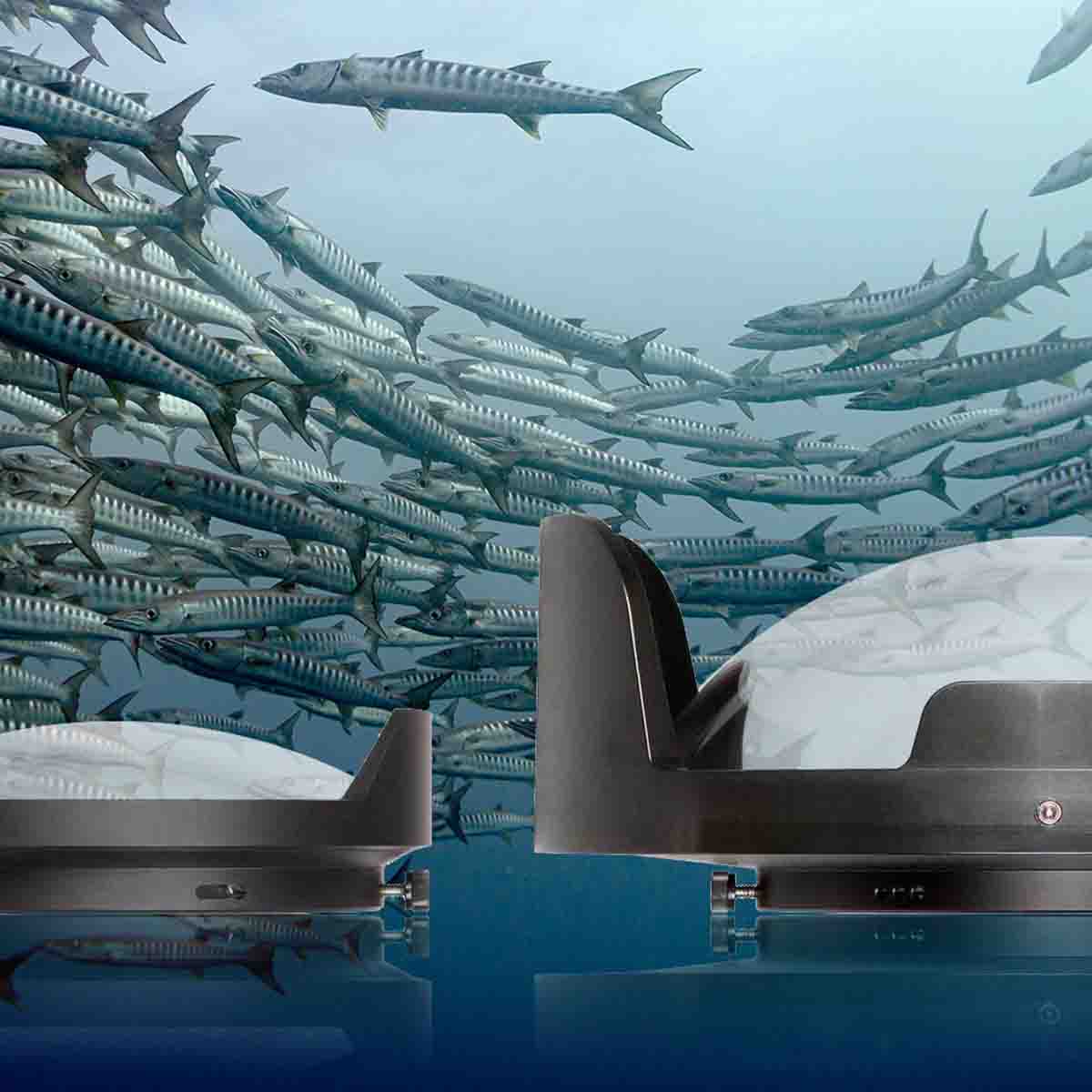
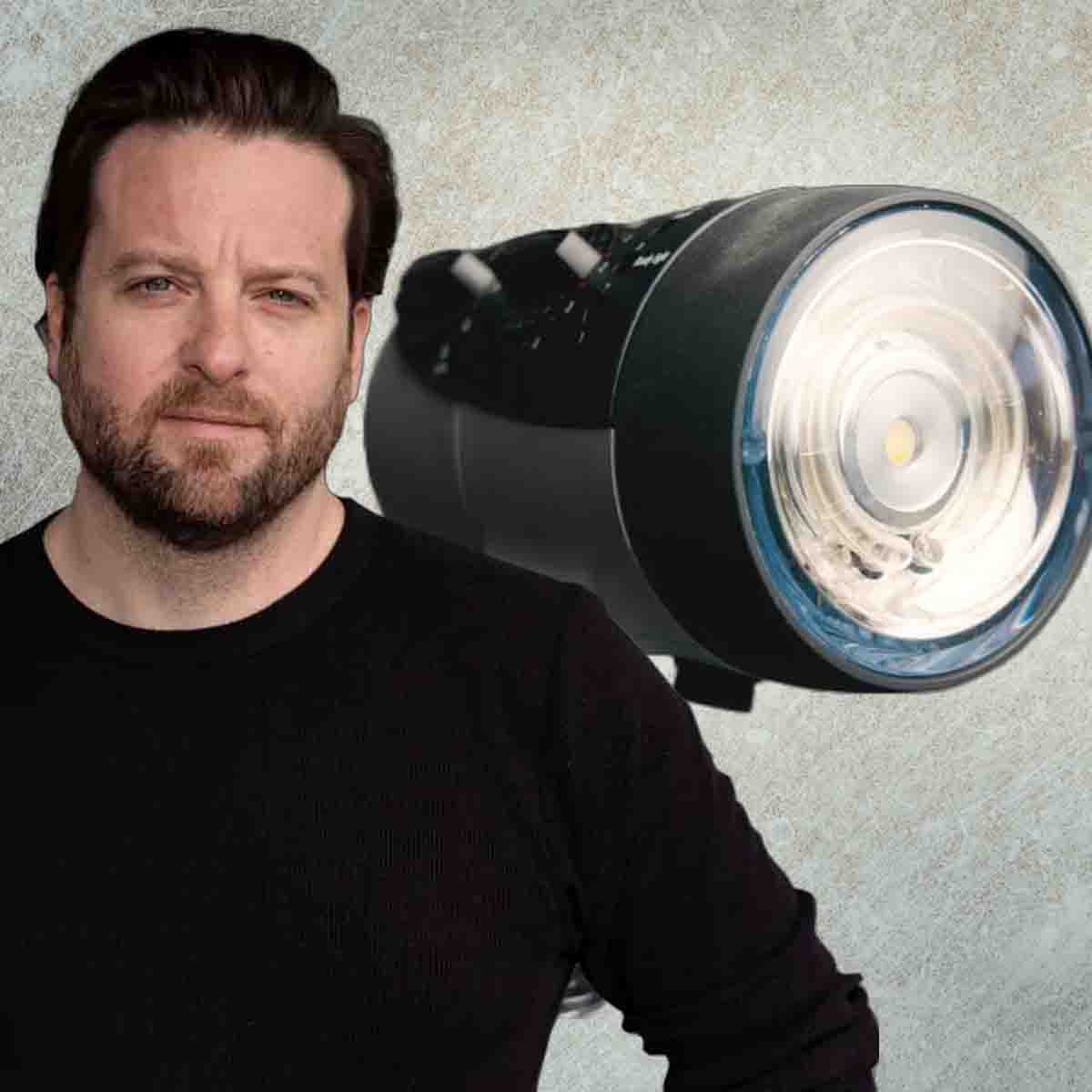
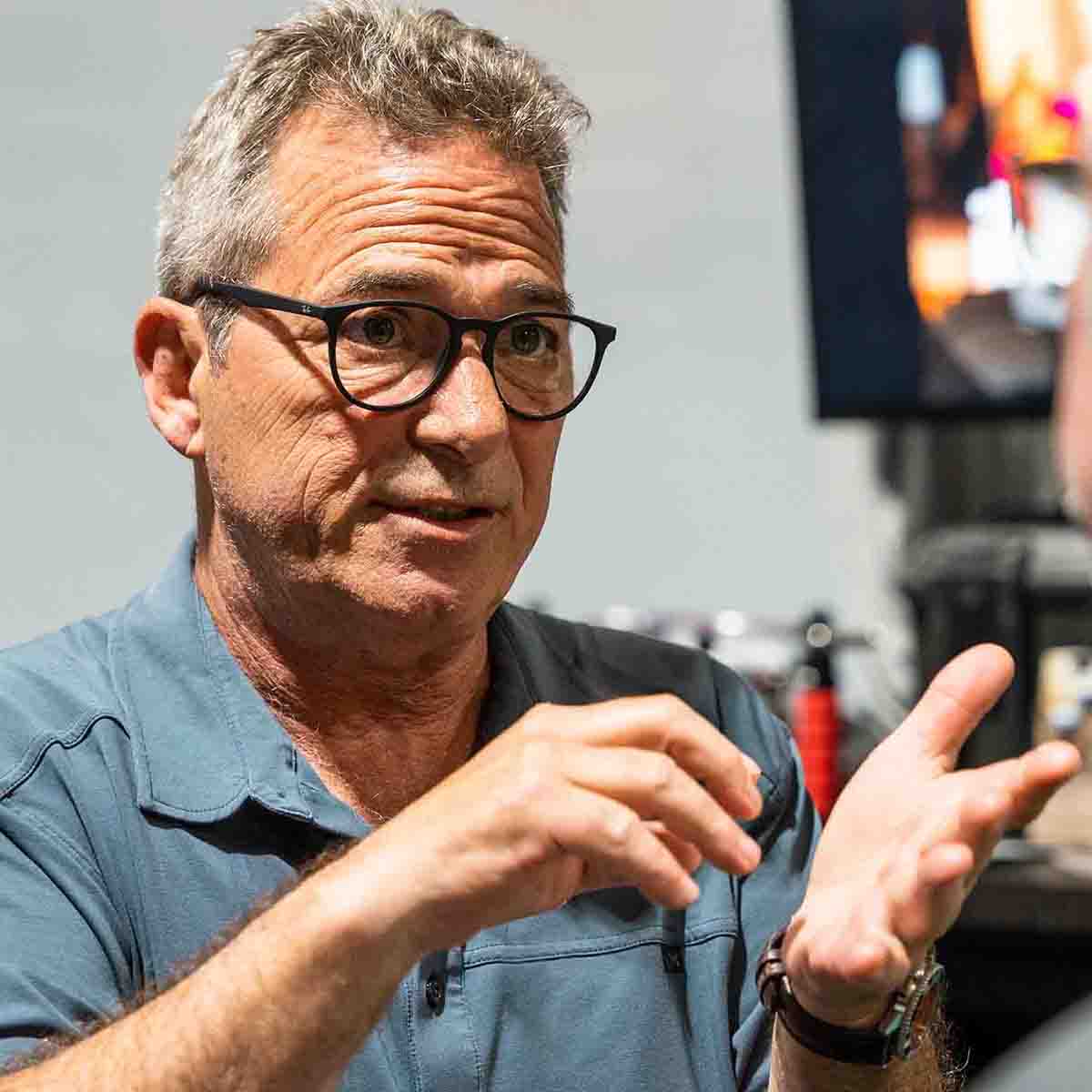
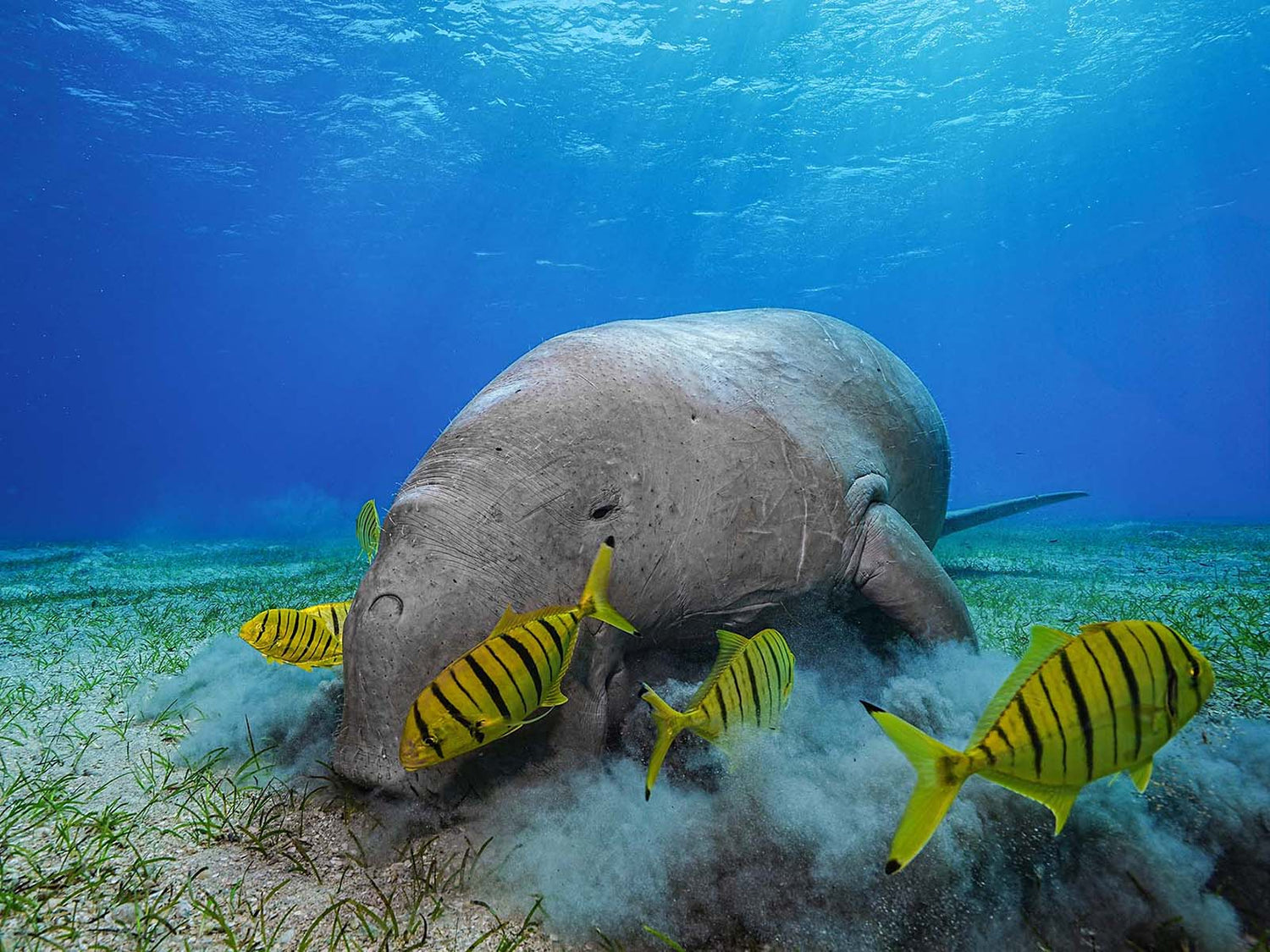
![Making a High Resolution Still from a Video Clip Using Topaz Photo AI [VIDEO]](http://www.ikelite.com/cdn/shop/articles/Recovering_Video_Frame_using_Topaz_AI_Sharpening_copy.jpg?v=1732630036&width=2000)
